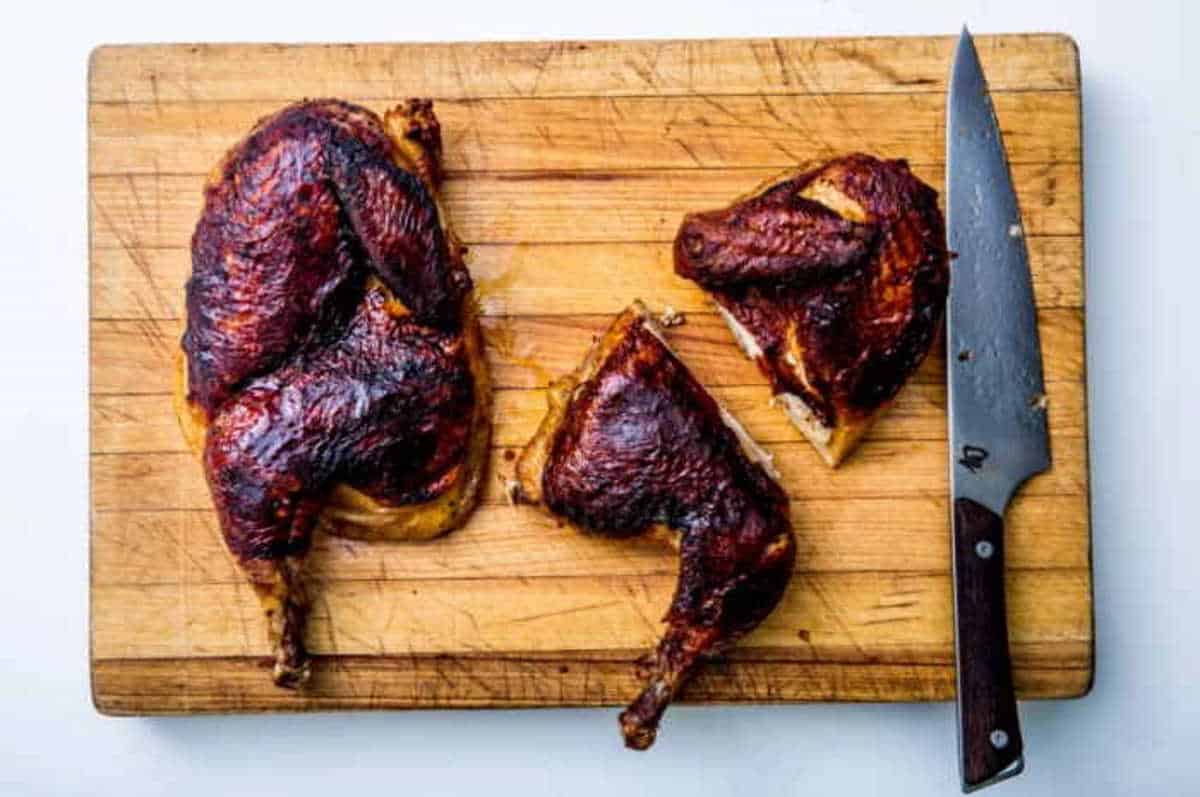
The 7 Biggest Mistakes When Cooking Chicken Breasts
Don’t you just hate it when the chicken breast you’ve been longing to cook turns out dry, overcooked, and under seasoned? You are not alone. Overcooked chicken breast is quite a common scenario, even in professional restaurants.
Indeed, cooking the perfect chicken breast is a skill. Like any skill, it can be learned and perfected with practice. Here are some common mistakes made when cooking chicken breasts that you need to be aware of, and tips to avoid overcooking your chicken.
Table of Contents
Overcooked Chicken Breasts and Other Common Mistakes to Avoid
Cooking chicken perfectly is all about getting the right temperature. If you cook it for too long, the meat can get too dry. If you cook it too fast, it might be uncooked in the middle. Take time to learn about the common mistakes you should avoid when cooking chicken breasts.
1. Overcooked Chicken Breasts

Chicken breast is the particular cut that is very prone to drying out and becoming tough. No one likes to bite into a piece of overcooked meat.
When you cook chicken breast way past its recommended internal temperature, it will become overcooked and dry because the meat is so lean. Internal temperature is the best indicator for doneness. Keep a close eye on it because you want to achieve the ideal temperature, not exceed it.
You can also soak the meat in salted water before cooking to tenderize the muscle fibers as you cook, preventing the meat from becoming rubbery.
2. Not using a thermometer
Ever wonder why contestants in cooking shows like Master Chef or Hell’s Kitchen use a thermometer? Surely most of these contestants are experienced cooks, right? Well, their experience tells them to trust their tools. While you can always feel the temperature of the meat by touching it while it’s being cooked in the pan, the internal temperature of the meat is different, and it can vary based on different factors. This is why using a thermometer gives you the assurance that you are doing the right thing.
The temperature recommended for cooking chicken breasts is 350°F (177˚C) for 25 to 30 minutes. However, the internal temperature must be 165˚F (74˚ C).
3. Cooking the whole chicken breast
Chicken breast cuts in the supermarkets today are huge. It’s actually not uncommon to see a single cut weigh up to three quarters of a pound (around 12 oz.). To say that cooking a cut of meat this big is difficult is a huge understatement. You may cook the outside dry (if not burnt), but there’s still a good chance the inside will be raw, if not cold.
The best way to solve this problem
is to slice the chicken breast lengthwise to make two cutlets. That means your knife is parallel with the chopping board. This is way easier than trying to pound a behemoth chicken breast cut with a mallet, which will only mash the meat to a pulp.
4. Failure to season/not brining or marinating the meat
Whether you are using the pan, grill, or oven to cook the chicken breasts, it is important that you season it. Salt and pepper are the bare minimum, but the best way to make sure your seasoning sticks is to coat the meat with olive oil first. You can also use garlic powder, onion powder, paprika, lemon pepper, or even dried herbs such as basil and oregano.
There are loads of ways to season chicken breasts, don’t be afraid to experiment and try out different flavors. However, don’t overdo it. A couple of seasonings (aside from salt and pepper) is usually enough.
Also, as said earlier, chicken breasts dry out fast. Thus, marinating and brining the meat can go a long way in keeping the meat moist and flavorful. Some people opt for brines and marinades, since both these techniques will lock in the flavors of the herbs and spices better. When doing so, try to marinade or brine overnight in the fridge. Before cooking, wipe off excess salt and water.
5. Not pounding the meat
Pounding helps tenderize the meat by breaking down the proteins of the chicken breast. The good thing is, this process doesn’t have to be fancy. A good old meat tenderizer can do the job. Also, having thinner breasts means less time for the meat to cook all the way through. This helps if you have overcooked chicken breast a lot.
6. Not drying out the meat
If you check the chicken breast you brought from the supermarket, you will notice a flat pad of juices settling underneath the package soaking up the meat. This means the meat is wet. These liquids will cause steam when you start cooking the meat, and steam gets in the way of browning and causes the hot oil to splatter. A simple technique to solve this problem is to wipe the meat dry using a paper towel before brushing it with oil and seasoning it for cooking.
7. Cooking with cold chicken breast and/or cold pan
Chicken breasts, like steaks, don’t taste good when overcooked. While this sounds incredibly obvious, many people actually don’t know cold chicken breasts are likely to overcook. When you cook meat straight from the fridge it will take longer for the insides of the meat to cook all the way through, leaving the outside overcooked. Thus, the best way to cook your chicken breast is to have it rested at room temperature for 30 minutes before putting it in the pan.
Using a cold pan is also a surefire way to mess with the cooking. This is because the chicken will take longer to heat up, causing the juices from the meat to seep out as the pan heats, leaving you with dry, pale, and overcooked meat. Rather than sautéing or searing the chicken breast, you are almost steaming when using a cold pan. The easy fix for this is to start cooking with a hot pan.

Parting tips
Chicken meat, particularly the breast, is naturally lean. This means it doesn’t take much to mess it up and end up with an overcooked chicken breast. Many people are afraid of undercooking their chicken, thus they end up with dry and overcooked meat.
While it is indeed important to cook your chicken all the way through, there is no need to burn and incinerate it. Remember the temperature mentioned above (165 degrees Fahrenheit internal temperature), but don’t be afraid to let it hit 170 degrees Fahrenheit. When the meat looks clear (not pink), then it’s done.
4 Comments
Comments are closed.
Discover Other ChefsTemp Products
Discover more recipes and learn kitchen tricks by joining our cooking family on Facebook.
You may also like:
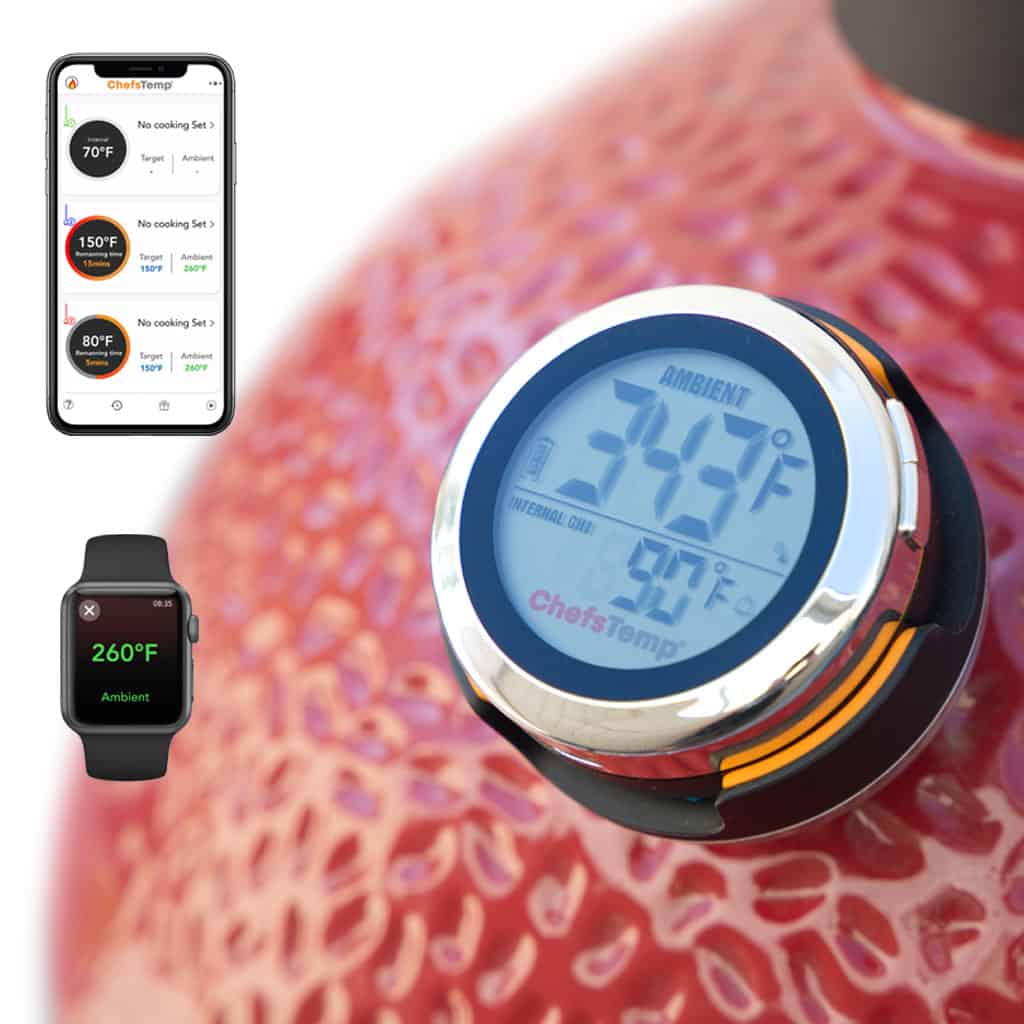
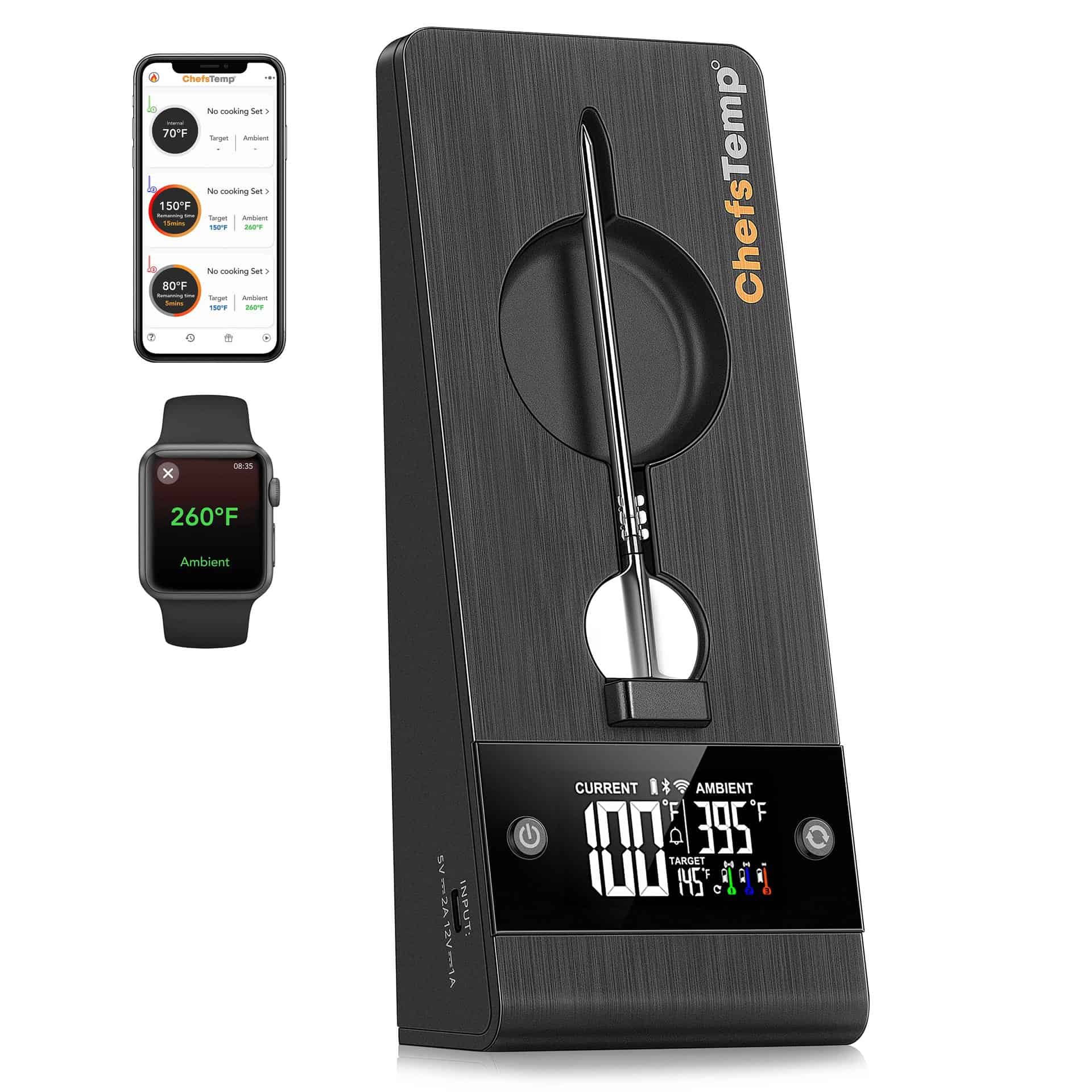
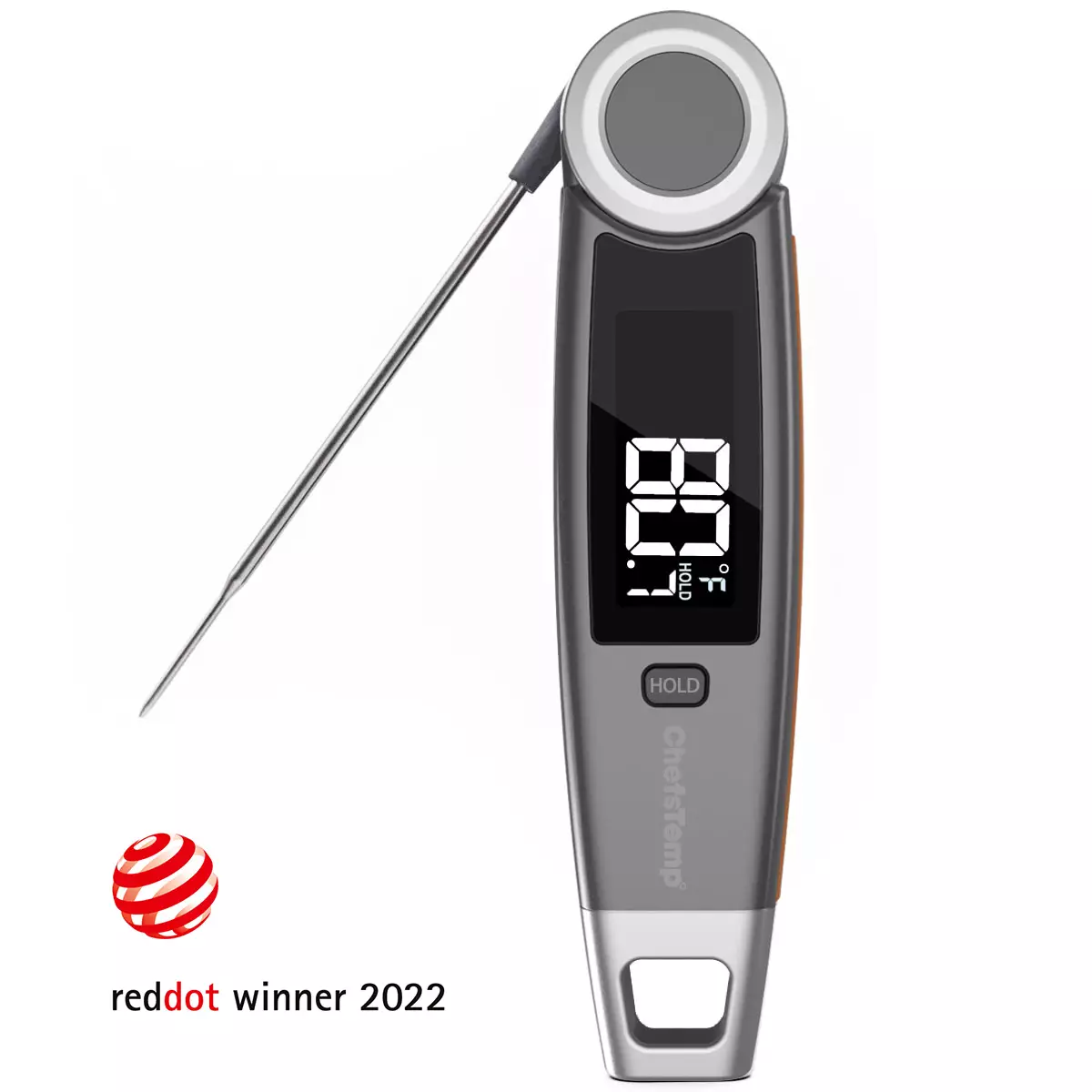
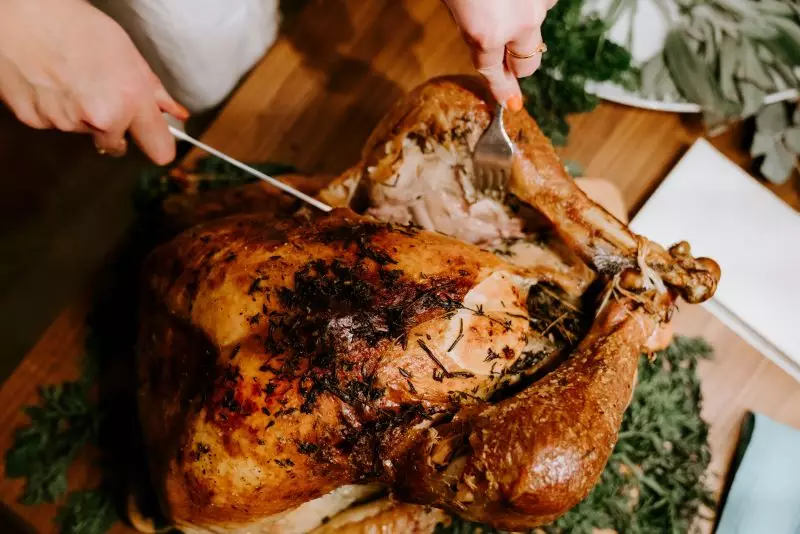
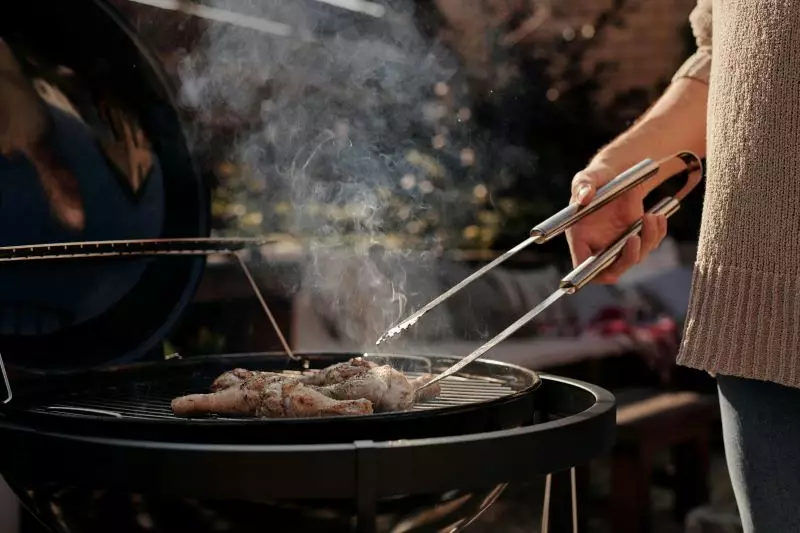
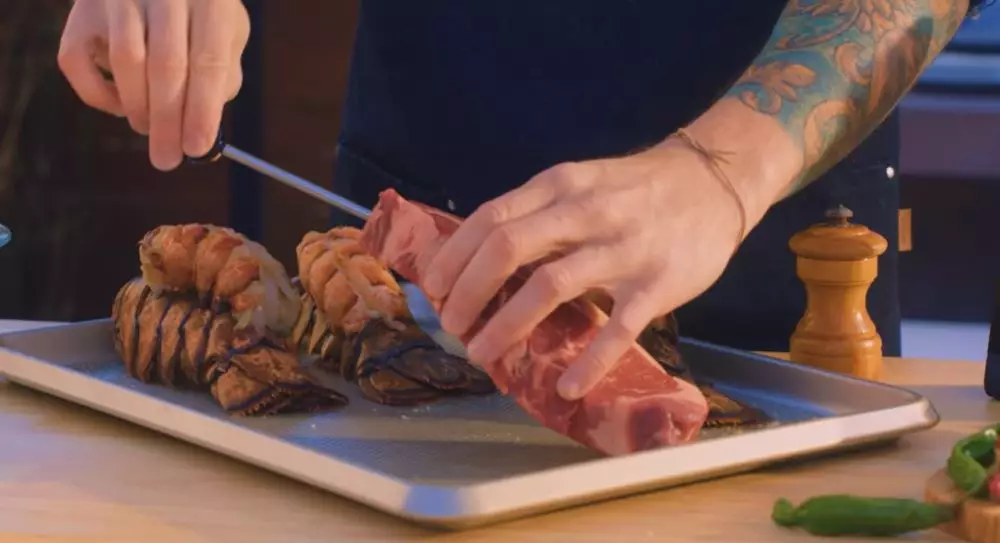
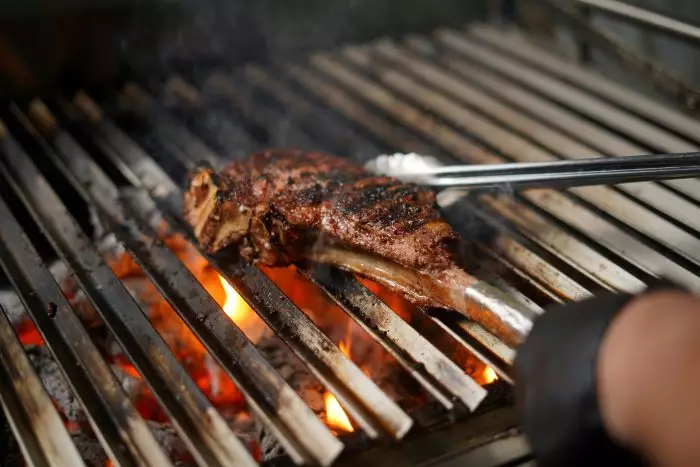
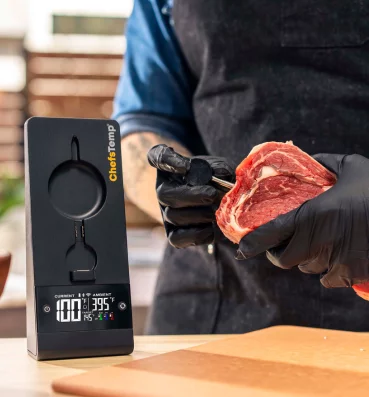
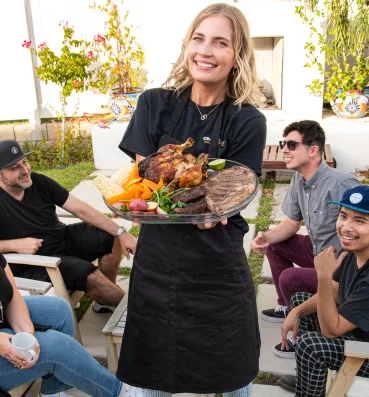

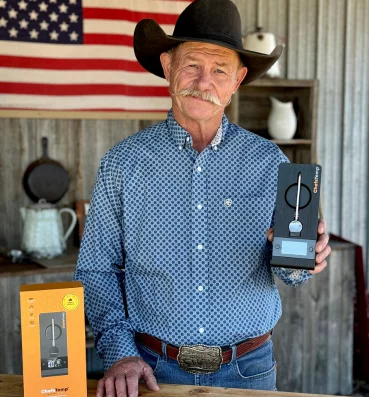
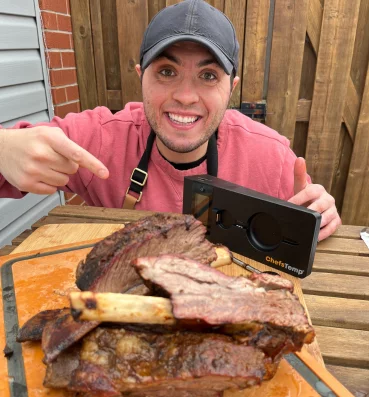
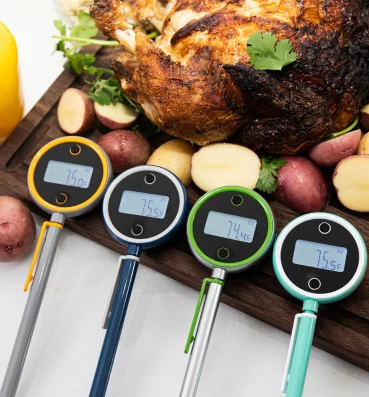
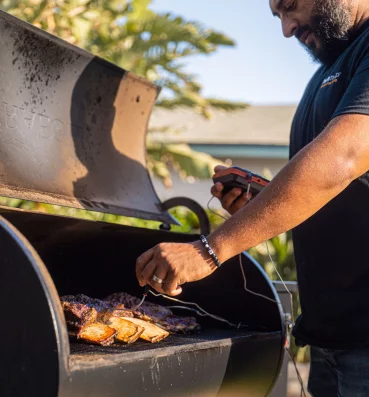
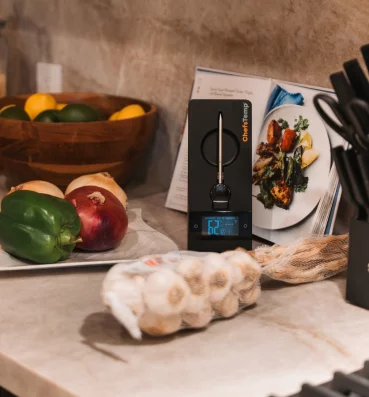

[…] when making raw food preparations, such as salad. Always observe the best practices for handling and cooking chicken meat to avoid any health risks or […]
[…] strange. According to some, thwacking a turkey’s breasts is a good idea because it prevents overcooked breasts. It’s also possible to damage crispy skin on the turkey by tying its legs before roasting. […]
[…] before continuing with the list of the best sauces and condiments, we have covered a few useful grilling tips and tricks that you must consider for an enriched grilling experience throughout this […]
[…] it is possible to bake potatoes like a pro at home. Take note of the common mistakes that you need to […]